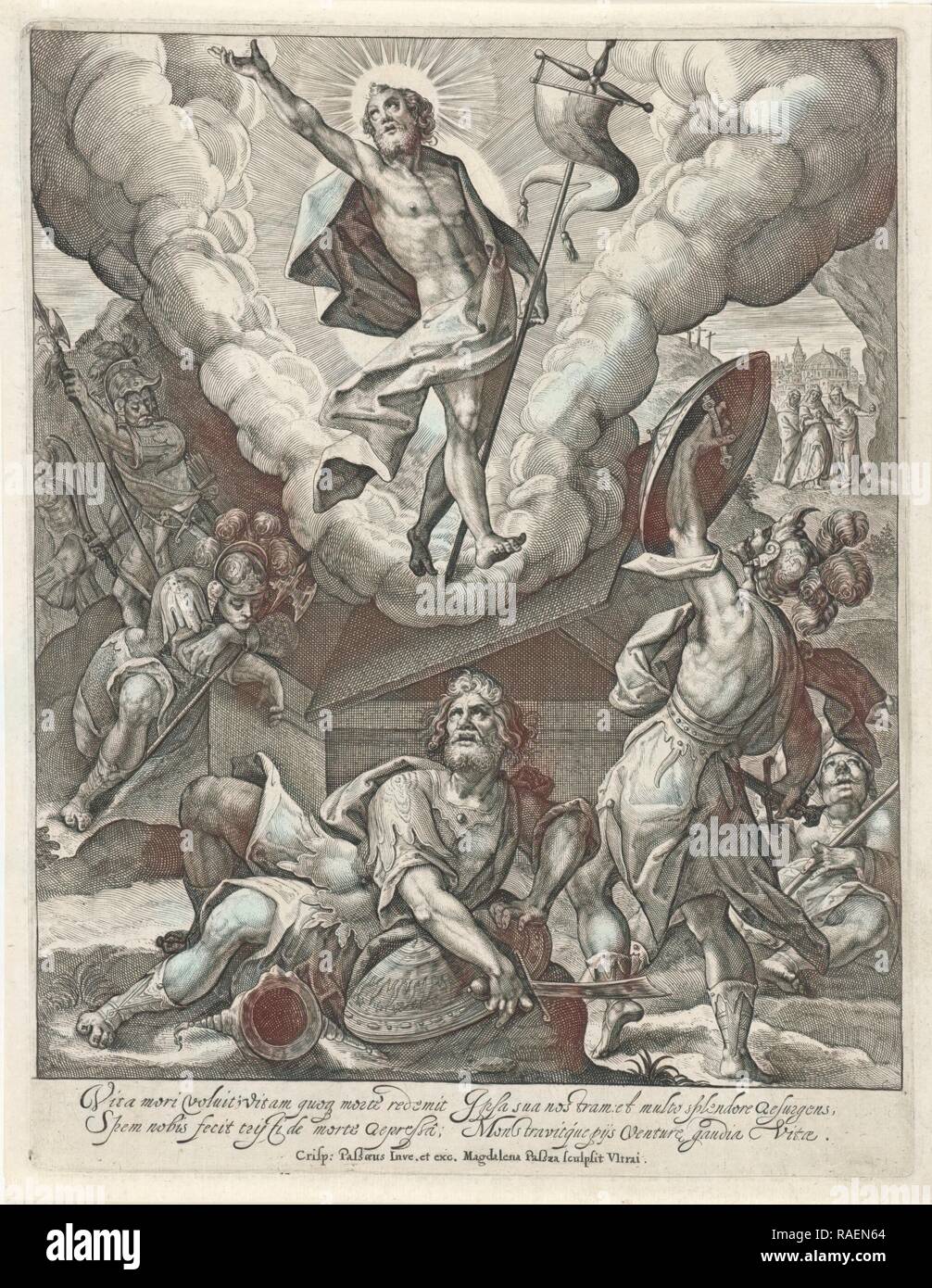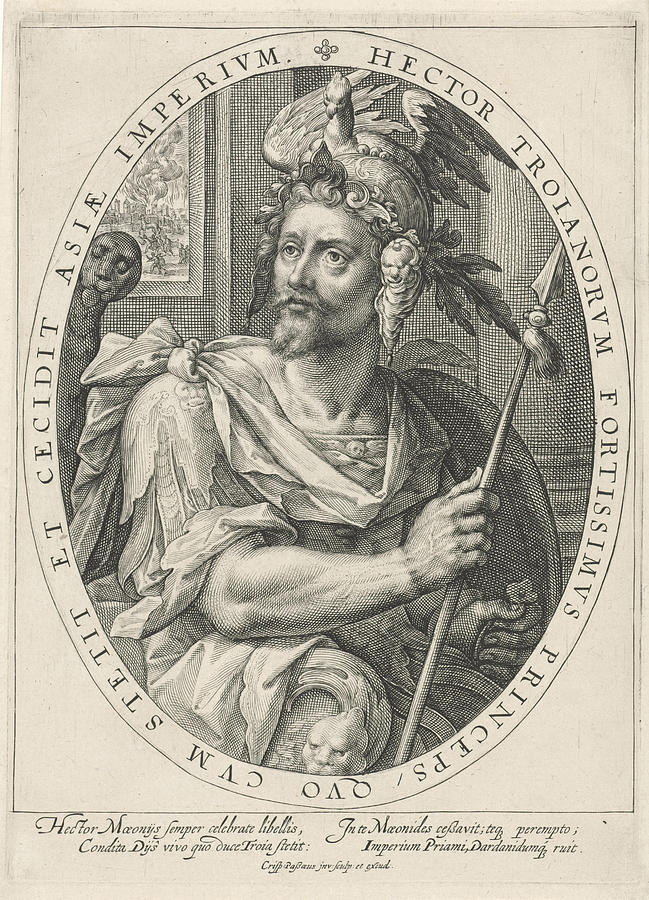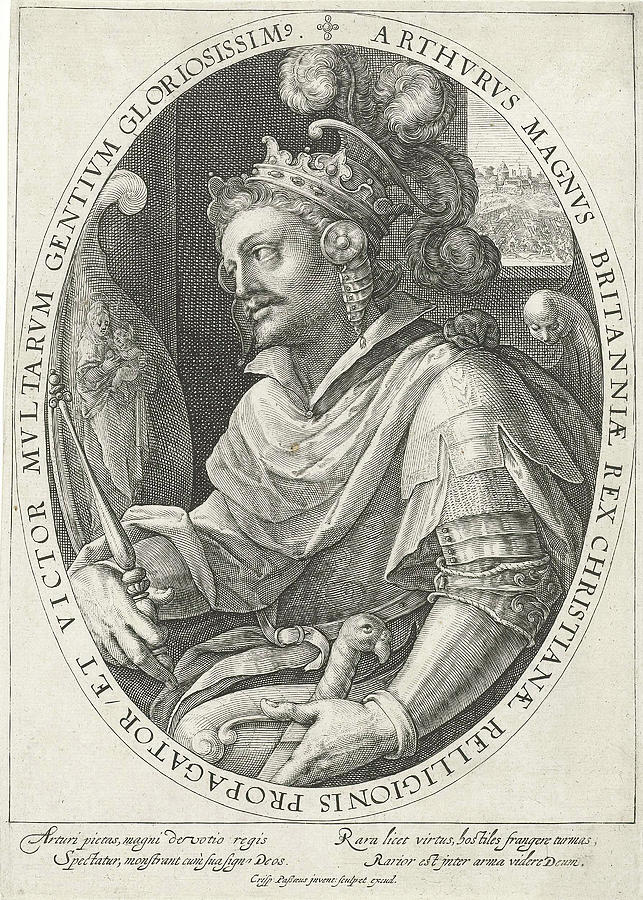
Crispijn van de Passe "the Elder" (15641637) "Sibylla Catawiki
Crispijn de Passe's emphasis in his graphic works was on portraits and genre graphics. In 1611, de Passe left Cologne for religious reasons; this time he relocated his studio to Utrecht. There with Aernout van Buchell (Buchelius), de Passe continued his successful work, which was later taken over by his children.

Maart een paar uit de Nederlanden, Crispijn van de Passe (II), 1604 1670 Painting, 17th
Crispyn de Passe I Show kinship network Show three step network of all documented relations Marriages: Madeleine de Bock (? - 1635), Keulen circa 1591 Children: Crispyn de Passe II (ca. 1595 - 1670) Simon (van) de (r) Passe (ca. 1595 - 1647) Willem (van) de Passe (1598 - ca. 1637) Magdalena de Passe (1600 - 1638) Occupation (s):
Portret van Filips III, Crispijn van de Passe (I), 1574 1637 Rijksmuseum
Crispijn van de Passe the Elder, or de Passe was a Dutch publisher and engraver and founder of a dynasty of engravers comparable to the Wierix family and the Sadelers, though mostly at a more mundane commercial level. Most of their engravings were portraits, book title-pages, and the like, with relatively few grander narrative subjects. As with the other dynasties, their style is very similar.

Crispijn van de Passe (I) Portret van Arnold Buchelius, Crispijn van de Passe… Rijksmuseum
Crispijn (van) de Passe (born 1594/1595 in Cologne — buried 19 January 1670 in Amsterdam ), also known as Crispijn (van) de Passe the Younger ( Dutch: Crispijn (van) de Passe de Jonge) or Crispijn (van) de Passe (II), was a Dutch Golden Age engraver, draughtsman and publisher of prints. [1]
Flora's Mallewagen, 1637, Crispijn van de Passe (II) (attributed to), 1637 Rijksmuseum
After the main plotters of the Gundpowder plot were tortured and executed, accusations of treason, heresy, and witchcraft were used to persecute other enemies of the Crown. Crispijn van de Passe.

Crispijn van de Passe after Maerten de Vos Return of Tobias RPP1966466 Stock Photo Alamy
Draughtsman, engraver and publisher; began his career in Antwerp but by 1589 had fled via Aachen to Cologne; 1611 to Utrecht; father of Simon, Magdalena, Crispin II and Willem. Bibliography I.M. Veldman, 'Crispijn de Passe and his Progeny (1564-1670): A Century of print production', Rotterdam 2001.

Resurrection of Christ, Magdalena van de Passe, Crispijn van de Passe (I), 1610 163
Date of birth 1592 Date of death 1675 Artworks See all 2 artworks › Emblemata Florentii Schoonhovii I.C. Goudani, Partim Moralia Partim Etiam Civilia. Cum Latiori Eorundem Ejusdem Auctoris Interpretatione. Accedunt et Alia Quædam Poëmatia in Alijs Poëmatum Suorum Libris Non Contenta., 1626 Crispin de Passe, II Gerardus Vossius, n.d.

Lente, Magdalena van de Passe, Crispijn van de Passe (I), 1617 1634 Kunst ideeën, Één boom
Overview Signatures, Inscriptions, and Markings Exhibition History Catalogue Raisonné References Title: Queen Elizabeth I Artist: Crispijn de Passe the Elder (Netherlandish, Arnemuiden 1564-1637 Utrecht) Sitter: Elizabeth I, Queen of England (1533-1603) Date: 1592 Medium: Engraving; second state of three

Arbeidzaamheid, Crispijn van de Passe (I), 1589 Art, Rijksmuseum, Jilin
Details individual; printmaker; sculptor/medallist; Dutch; Male Life dates 1595-1647 Biography Engraver; second son of Crispijn van de Passe I, born in Cologne. 1612-1615 in Utrecht; 1615-1622 in London; 1624-1647 in Copenhagen where he died. His early career can be deduced from his prints, which he was in the habit of dating.
Kracht, Crispijn van de Passe (I), after Maerten de Vos, 1580 1588 Rijksmuseum
Cleopatra, Crispijn van de Passe (I), 1574 - 1637. engraving, h 234mm × w 159mm More details. Download image.
Sibille Agrippina, Crispijn van de Passe (II), naar Crispijn van de Passe (I), 1615 Rijksmuseum
Details individual; printmaker; Dutch; Male Life dates c.1594-1670 Biography Engraver; son of Crispijn de Passe I (q.v.); born in Cologne and followed his father to Utrecht; from 1617/8 spent much time in Paris, where he worked on Pluvinal's 'Maneige Royal'. Returned to Utrecht 1629.

The Hero Hector Of Troy, Crispijn Van De Passe Drawing by Crispijn Van De Passe (i)
See all 46 artworks ›. Night, plate four from The Four Parts of the Day, n.d. Crispijn van de Passe, I. Noon, plate two from The Four Parts of the Day, n.d. Crispijn van de Passe, I. Condordia, 1589. Crispijn van de Passe, I. Diligentiae et Sedulitatis Typus, from Time with Virtues and Vices, c. 1600. Crispijn van de Passe, I.

The Hero King Arthur, Crispijn Van De Passe Drawing by Quint Lox Fine Art America
Crispijn de Passe, III, Crispijn van Passe, III, (Crispianus Passaeus) Date of birth 1643. Jan van de Velde, II; Landscape with Ruined Castle and Three Figures, 1664 Pieter de Molijn; Study of a Nude Man, 1645-51 Abraham Bloemaert; Two Sketches of Standing Man Leaning on Staff, n.d.

Crispijn Van De Passe Elegant 17th Century Garden with Tulips Village Antiques
English: Crispijn van de Passe the Elder (c. 1564-1637) was a Netherlandish printmaker and engraver. Alternate forms of his name include Crispin van de Passe, Crispin de Passe Subcategories This category has the following 8 subcategories, out of 8 total. A Alma Academia Leidensis (1 P, 91 F) Altera pars (62 F) D

Crispijn de Passe (I), Winter, engraving, ca 1590 1600, Museum Boijmans van Beuningen
Crispijn van de Passe I (c. 1564-1637) July: a Woman drinking with a Man playing the Bagpipes, Peasants harvesting beyond pen and brown ink, brown and grey wash, the outlines incised, brown ink framing lines, fragmentary watermark, circular 117 mm. diam. Provenance.

The hero Alexander the Great, Crispijn van de Passe (I), 1574 1637 Stock Photo Alamy
Crispijn de Passe the Younger (1594-circa 1670), Printmaker. Artist associated with 6 portraits The son of prominent Dutch engraver and publisher Crispijn Van de Passe the Elder and the brother of engravers Simon, Willem and Magdalena de Passe.His father was the founder of a publishing house in Cologne that produced portraits of European nobility and other prints.